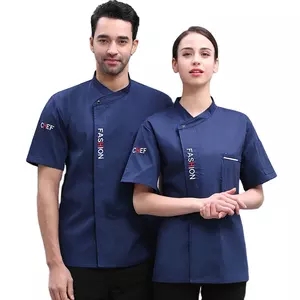Uniforms hold a significant power and influence in various contexts, including education, military, sports, and certain professions. Here are some ways in which uniforms exert their power:
- Identity and Unity: Uniforms create a sense of identity and belonging among individuals who wear them. Whether it’s a school uniform, a sports team uniform, or a military uniform, wearing the same attire helps individuals feel connected to a larger group. This fosters a sense of unity and camaraderie among members.
- Professionalism and Authority: Uniforms often signify authority and professionalism. In professions such as law enforcement, medical services, and aviation, uniforms communicate that the individuals wearing them are trained, qualified, and ready to provide a specific service. The uniform itself commands respect and trust.
- Equality and Minimization of Differences: In certain settings like schools, uniforms can help minimize socioeconomic differences among students. When everyone wears the same clothing, there’s less emphasis on outward appearances and more focus on the individuals themselves. This can reduce bullying and social pressure related to fashion.
- Discipline and Structure: Uniforms can instill a sense of discipline and structure. For example, in the military, uniforms are designed to promote obedience, order, and a clear hierarchy. Following uniform regulations is often symbolic of following rules and orders.
- Team Spirit and Morale: In sports, team uniforms foster a sense of belonging and team spirit. Players wear the same colors and symbols, helping them feel like part of a unified group. This can boost morale and motivation, leading to better performance.
- Branding and Recognition: Uniforms serve as a form of branding and recognition. For example, employees wearing uniforms become walking advertisements for their companies. The uniform’s design and colors can also become associated with a particular organization or team.
- Reduced Decision-Making: Wearing a uniform eliminates the need to make daily clothing choices. This can save time and mental energy, allowing individuals to focus on more important tasks.
- Psychological Impact: Uniforms can influence behavior and mindset. For instance, studies have shown that individuals tend to exhibit more responsible and focused behavior while wearing uniforms, as they associate the attire with specific roles and responsibilities.
- Security and Safety: In certain situations, uniforms can improve security and safety. For instance, in schools or workplaces, easily identifiable uniforms can help distinguish authorized personnel from outsiders.
However, it’s important to note that the power of uniforms isn’t always positive. Uniforms can be used to enforce conformity, suppress individuality, and even serve as tools of oppression in some cases. The impact of uniforms largely depends on the context in which they are employed and the intentions behind their use.
























